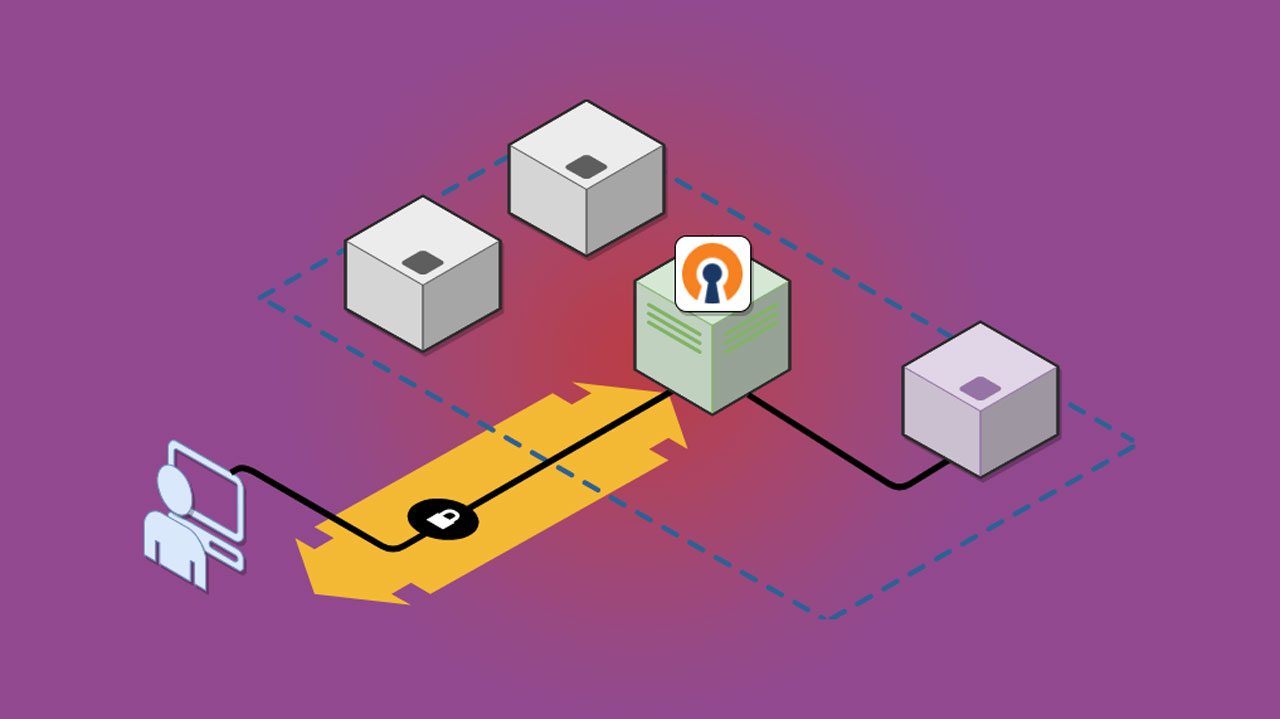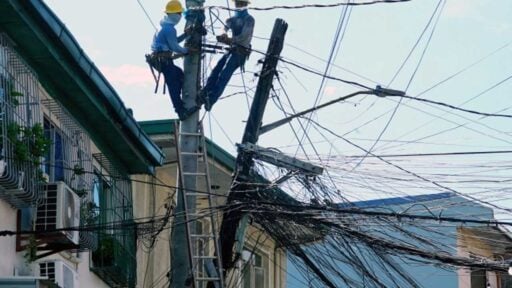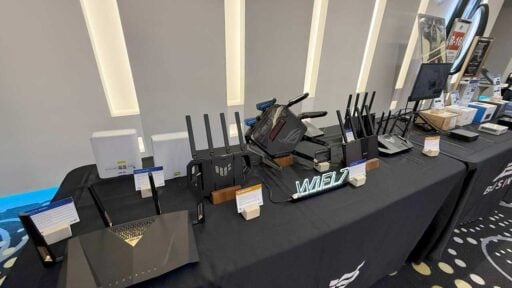Ever tried watching a video online and got a “not available in your region” message? Annoying, right? The internet is full of these digital borders, limiting what we can see based on where we are. This isn’t just about movies; it affects research, news, and more. But there’s a trick to bypass these borders: VPNs. Think of a VPN as a digital tunnel that lets you virtually pop up in another country. So, if a show only streams in the UK, you can use UK servers to watch it. It’s like a magic door to the global internet. Let’s explore how this works!
Table of Contents:
Understanding Geo-restrictions
Geo-restrictions, or geographical restrictions, are like invisible walls on the internet. Ever wondered why they exist? It’s a way for online services to control who accesses their content and from where. When you visit a website, it can detect your location through your IP address. Based on this location data, certain content may be made available or hidden from you.
But why would websites want to restrict their audience? Here are a few reasons:
- Licensing Issues: Streaming platforms, like Netflix or Hulu, buy licenses to show content in specific regions. If they don’t have a license for a country, they can’t legally show it there.
- Local Regulations: Some content might be considered inappropriate or illegal in particular countries. To avoid legal complications, services block access in those regions.
- Content Agreements: Sometimes, content creators strike deals with specific platforms or services for exclusive rights in certain areas. So, to honor these contracts, access has to be limited.
These digital borders might seem frustrating, but they’re often in place for legal and business reasons. The good news? There are ways to navigate around them, which we’ll dive into next.
Role of VPN in Bypassing Regional Blocks
Imagine you’re trying to read a book, but there’s a giant wall blocking your view. This is what geo-restrictions feel like on the internet. Enter VPNs, the magic keys that help you peek over that wall.

So, how does a VPN work? At its core, a VPN is like a secret tunnel. When you connect to the internet via a VPN, your data travels through this protected tunnel to a server in another location. This means websites see the server’s IP address, not yours. If the server is in Spain, websites think you’re in Spain, even if you’re lounging in New York!
Here’s why the location of the server matters:
- Server Locations: The heart of a VPN’s power is its servers. Want to watch a show only available in Japan? Connect to a Japanese server. The more server locations a VPN offers, the more “virtual doors” you have to different parts of the internet.
- Now, using a VPN isn’t just about bypassing restrictions. There are other perks:
- Security: VPNs encrypt your data, making it harder for hackers to intercept it. This is especially handy on public Wi-Fi, where security can be iffy.
- Anonymity: When connected to a VPN, your IP address is hidden. This means you leave fewer traces of your online activities, granting you more privacy.
- Access: With a VPN, the internet world truly opens up. Regionally blocked news articles, research databases, or that specific episode of your favorite show? All within reach.
In simple words, VPNs are like passports to a borderless internet, offering safety, privacy, and a world of content at your fingertips.
Steps to Enable Access Using a VPN
Getting around those pesky digital borders using a VPN is easier. Follow these simple steps, and you’ll be browsing without boundaries in no time!
- Choose a Reliable VPN Service: This is crucial. Not all VPNs are created equal. Look for one with solid reviews, a good track record for security, and plenty of server locations. Remember, the more locations, the more content you can access.
- Install and Set Up the VPN: Once you’ve chosen a service, it’s time to get it on your device. Most VPNs will have apps for different platforms, like Windows, macOS, Android, or iOS. Download the right app for your device from the official website or app store, and then install it.
- Connect to Your Desired Location: Open the VPN app, and you’ll usually see a list of server locations. Fancy some British content? Click on a UK server. The app will then connect, and the internet will think you’re in the UK! Your device now wears a digital disguise.
- Access Blocked Resources: Now that you’re connected, head back to the previously blocked site or app. Refresh the page or restart the app; you should have seamless access to the content. It’s like unlocking a digital treasure chest!
Remember, using a VPN is like giving your internet connection a makeover. To the online world, you’re browsing from a different location, allowing you to hop over digital walls and enjoy the vast expanse of the internet without restrictions. Happy browsing!
Conclusion
Navigating the internet without boundaries is more than just a convenience; it’s about accessing knowledge, culture, and opportunities irrespective of your location. While the digital age promised a connected world, geo-restrictions often remind us that there are still barriers to overcome.
Thankfully, tools like VPNs allow us to break down these digital walls. Whether seeking entertainment and information or maintaining privacy, taking steps like choosing a reliable VPN can dramatically transform your online experience.
So why stay confined?
Dive deep into the global internet pool, access everything it offers, and surf without limits. After all, in our connected world, information should be free and accessible to all. Safe and boundless browsing awaits you!


